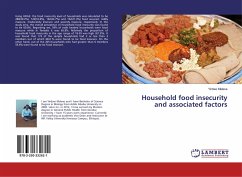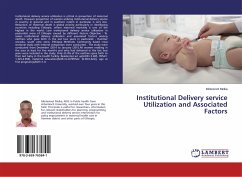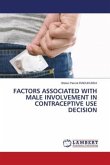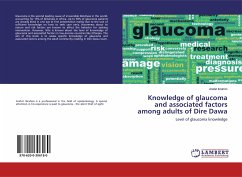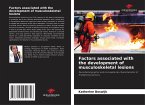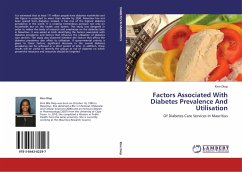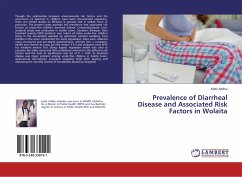Using HFIAS, the food insecurity level of households was calculated to be 280(39.2%), 120(16.8%), 162(22.7%) and 152(21.3%) food secured, mildly insecure, moderately insecure and severely insecure, respectively. In the study area, the overall prevalence of household food insecurity was found to be 60.8%. Regarding sex, 59% of male headed households were food insecure while in females it was 65.8%. Relatively the proportion of household food insecurity in the age range of 18-39 was high (67.3%). It was found that 173 of the sample households had 3 or less than 3 members out of which 68.8 % were found to be food insecure. On the other hand, out of the 205 households who had greater than 6 members 56.6% were found to be food insecure.

